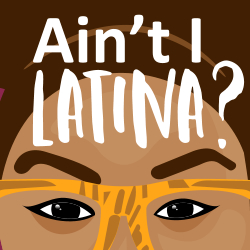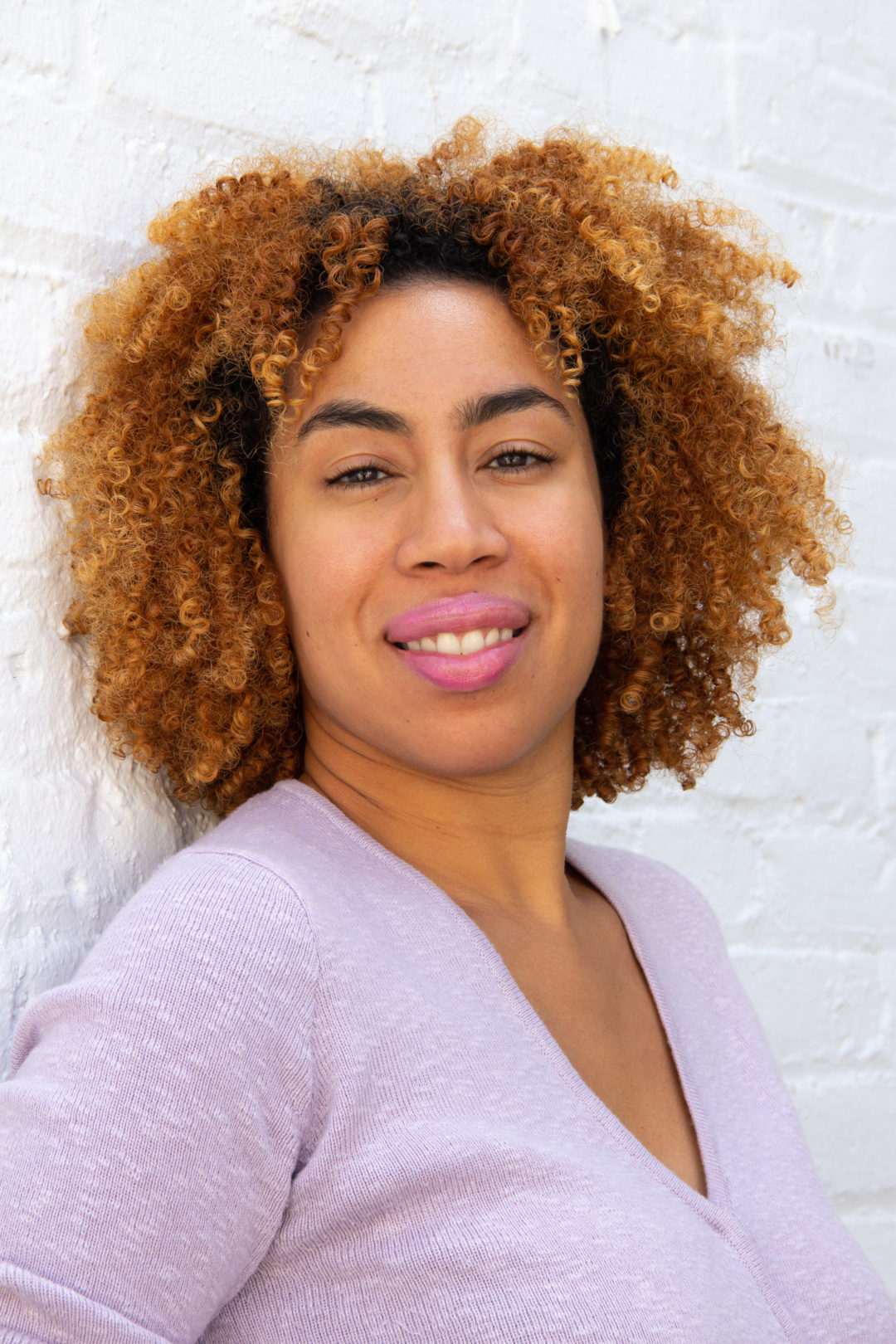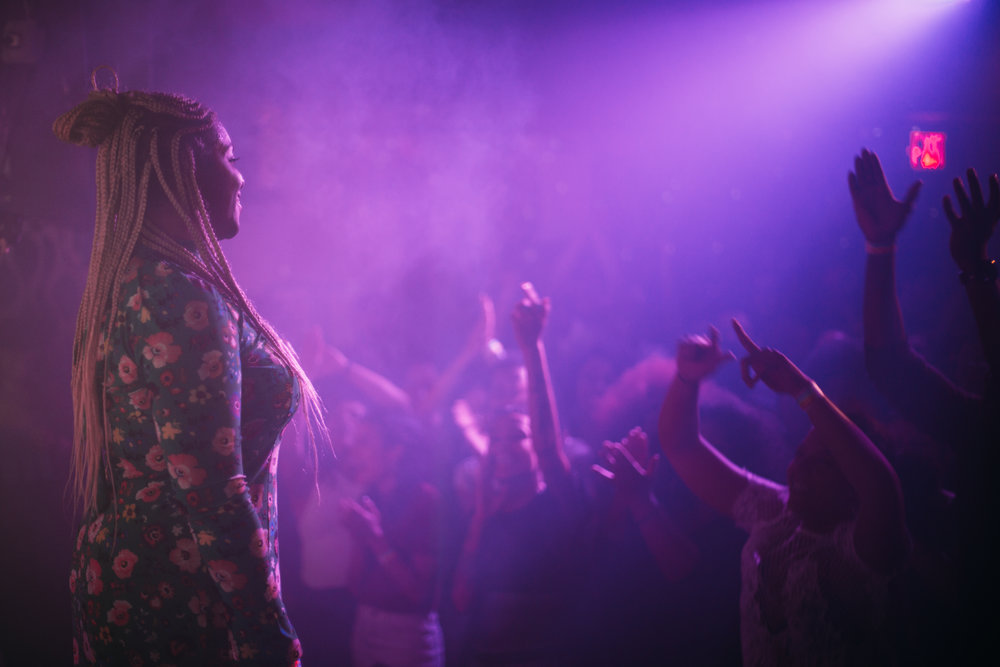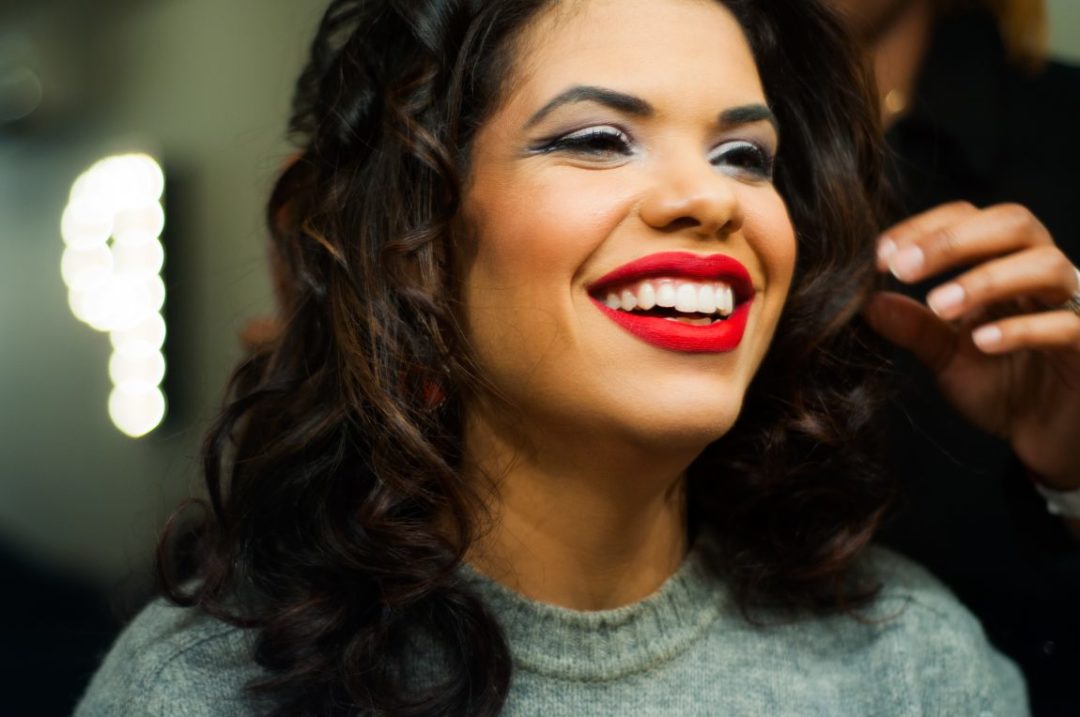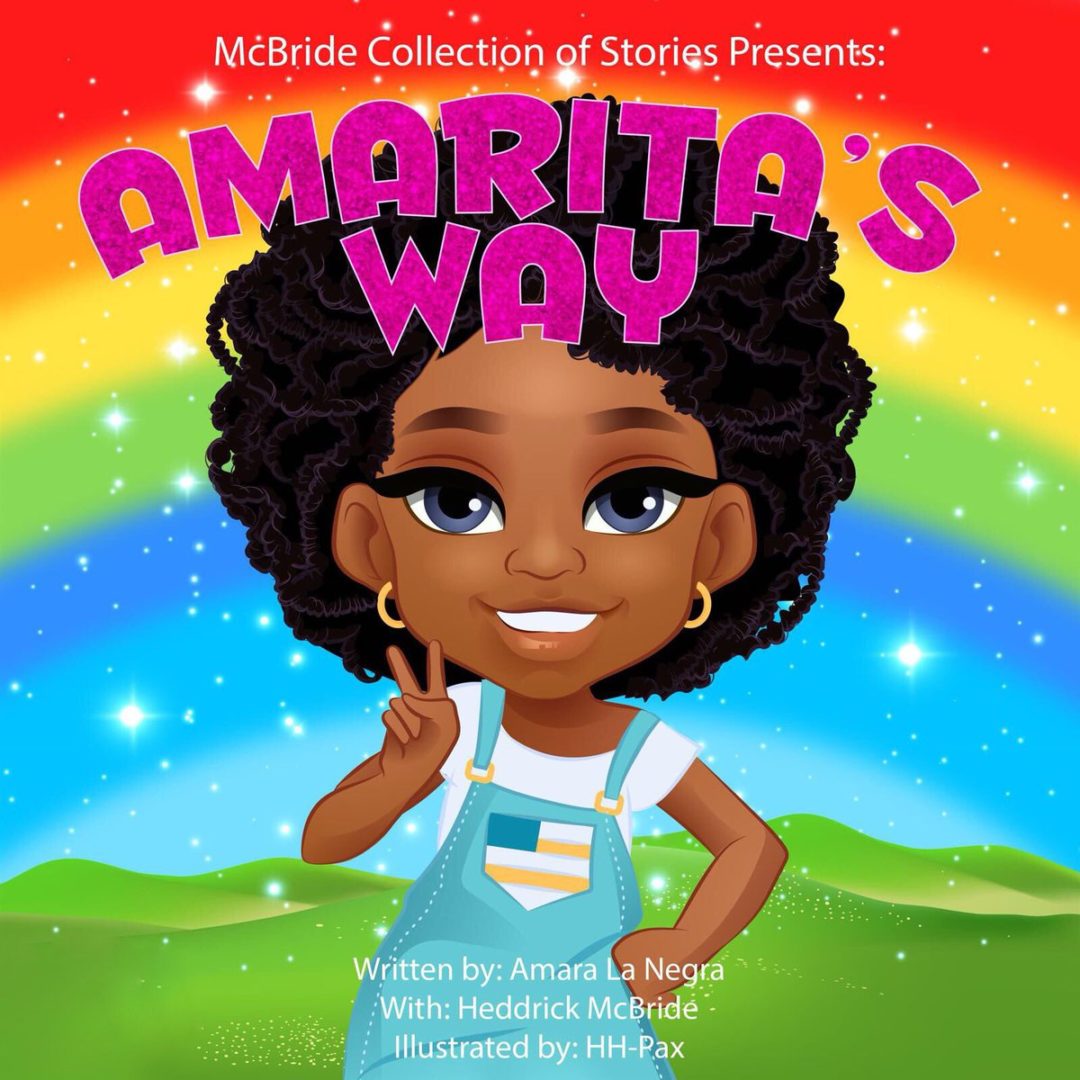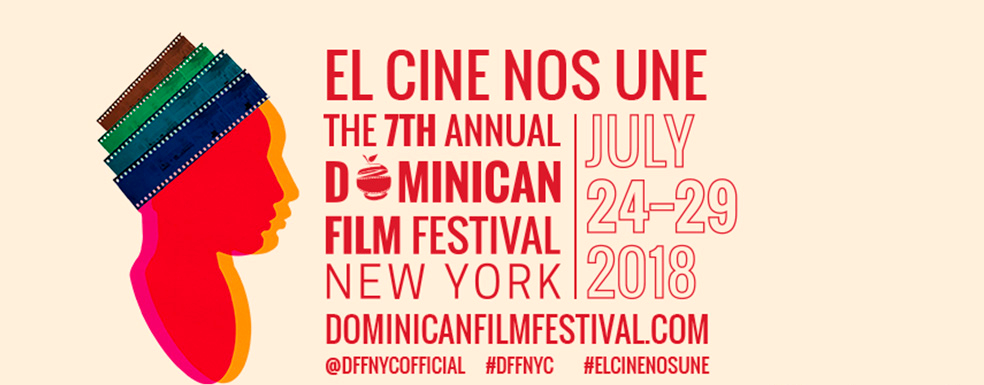Before I met Jasmin Hernandez in-person for the first time, I was introduced to her digitally — specifically through her groundbreaking website Gallery Gurls. Focused on amplifying the work of womxn of color artists and art workers, Hernandez launched her site in 2012 as an antidote to the white-male-centered art world.
A study conducted by Williams College revealed that 85.4% of the works in the collections of 18 major U.S. museums are created by white artists and, more specifically, 87.4% are by men. Meanwhile, African-American artists make up 1.2% of the works, Hispanic and Latinx artists make up 2.8% of the artists, and Asian artists account for 9%.
The Black Latinx founder and editor in chief of Gallery Gurls saw the void in the industry firsthand. Hernandez’s efforts documenting womxn and artists of color on her well-known digital platform over the years led to a deal with Abrams Books. In We Are Here: Visionaries of Color Transforming the Art World, which published in February 2021, she invites readers into the work of 50 artists and art workers of color, with a focus on queer, trans, nonbinary, and Black, Indigenous, and women of color, or BIWOC.

We Are Here: Visionaries of Color Transforming the Art World. By Jasmin Hernandez. Published by Abrams.
©2021 Jasmin Hernandez
A year after publishing her stunning, coffee table book, I caught up with the Afro-Dominican Yorker to reflect and discuss her journey to creating We Are Here:
How do you feel a year after publishing We Are Here: Visionaries of Color Transforming the Art World?
There has been massive love online and on social media, which is so touching to see. A year later, it still feels surreal to walk into a bookstore or museum shop and see they carry We Are Here. It feels like a great accomplishment — can’t lie about that. But I’m most happy that the 50 brilliant, groundbreaking Black and POC artists and art workers in the book are thoughtfully and carefully presented in one book. I’m glad that anyone — but specifically, a young Black person who seeks a place in the contemporary art space — can view this book as a guide or roadmap.
